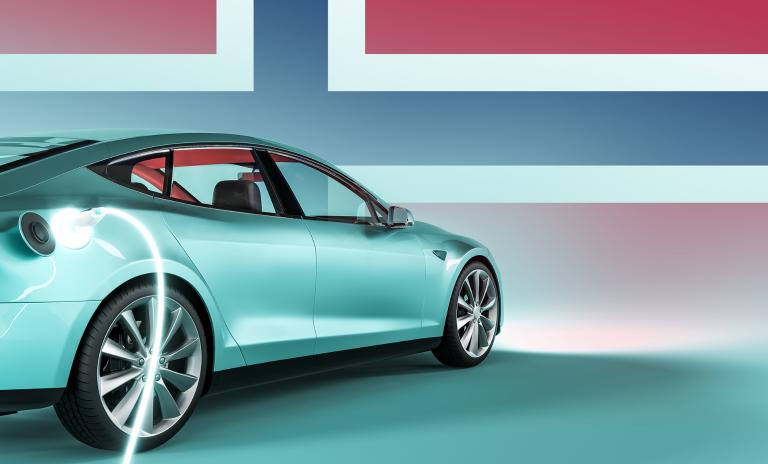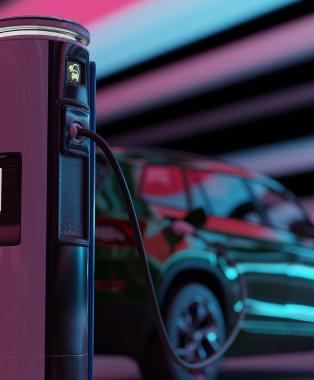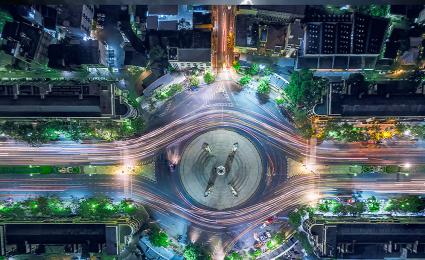The electric vehicle and EV charging market enjoyed a surge in late 2022 despite continued high energy prices.


EV Charging Index: Expert insight from Norway
Norway remains the world leader in EV adoption but is now focusing more on charging infrastructure
Norway continues to be the global leader in terms of EV adoption, although its public charging facilities have not grown at the same rate. Attention is now turning towards public infrastructure expansion as Norway’s EV owner profile evolves.

"While Norway’s public charging sufficiency could be improved, the ratio of fast charge points is higher than in many other countries."
EV sales figures wobble but penetration rate grows
Electric vehicle sales in Norway stalled slightly in 2023 as the number of newly registered EVs fell by around a quarter compared to 2022. This is partly due to a change in tax regulations at the end of 2022, which saw a spike in new EV registrations as drivers looked to make the most of more generous allowances before things shifted. Steep inflation and several hikes in interest rates during 2023 compounded the situation.
Nevertheless, Norway’s EV sales penetration rate still rose to 91% – comfortably the highest in the world. Tesla was the most popular EV choice, accounting for 18% of total EV passenger car sales.
Approximately a quarter of all passenger cars in Norway are now fully battery electric. This will continue to rise as the country is implementing a ban on sales of new ICE vehicles from 2025 – a full 10 years before the ban comes into place in the EU.
More focus on public charging facilities
Norway’s vehicle-to-public-charge-point ratio is 24.7 – significantly worse than both the European and global averages. This is partly explained by the dominance of private and workplace charging, with a ratio of almost one vehicle for every private charge point in the country. In Norway, even apartment residents in housing associations or condominiums have the right to access private charging facilities. For parking lots and parking areas in new buildings, a minimum of 6% of total space has to be allocated to EV charging.
While Norway’s public charge point sufficiency could be improved, the ratio of fast charge points is higher than in many other countries, with 40% of chargers being DC. Almost 30% of chargers are high-power points (HPCs), with public funding devoted to installing HPCs every 50 km on main roads.
Fast charging increasingly important
As the number of fast chargers continues to grow, EV drivers in Norway are increasingly favoring them when using public charging. Just over half of respondents in our Index selected highways as a top-three public charging location; in neighboring Sweden, which has a much lower ratio of fast chargers, the same selection was made by 39% of respondents.
To date, most EV adopters have been older professionals with access to private charging facilities at home and at the workplace. However, the EV user profile is evolving. More and more EV drivers are younger, urban dwellers without access to private charging, meaning that the number of public DC chargers is likely to increase in residential areas.
Priorities for charge point operators
As the EV user profile begins to shift and drivers demand more, and faster, public chargers, charge point operators in Norway currently have three key focuses:
- Increase charge point density to meet a growing need for public charging.
- Improve infrastructure reliability, currently a key concern for drivers. Advancement in technology, improvements to reporting, and maintenance and replacement of older devices will reduce public charger downtime.
- With home charging still slow, roll out more fast chargers, as they will become increasingly important as vehicle battery sizes increase.
Register now to to discover the latest insights, emerging trends and upcoming challenges in the EV and EV charging markets.








